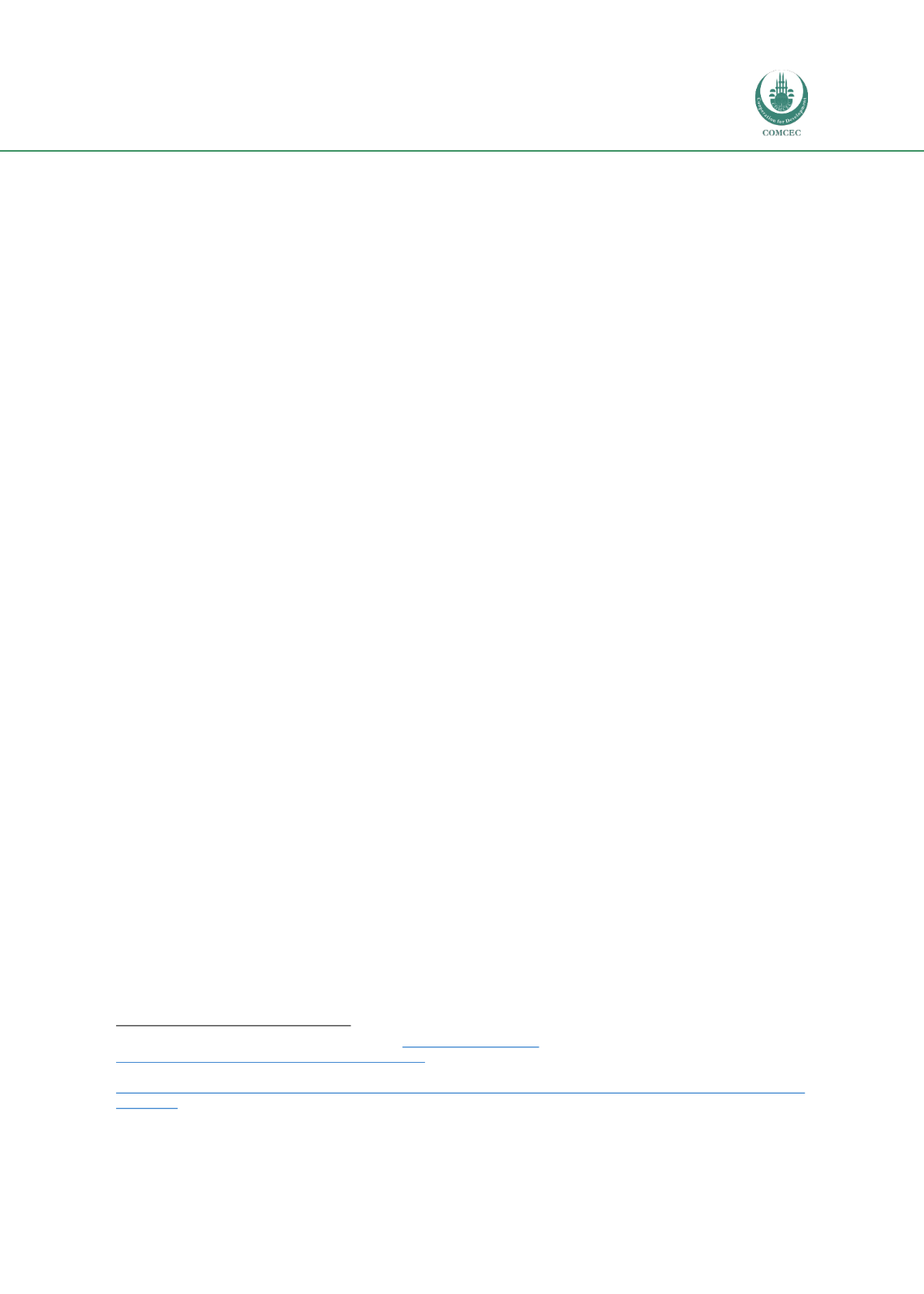

Improving Agricultural Market Performance:
Creation and Development of Market Institutions
137
Indonesia’s domestic agricultural pricing policy primarily concerns rice, given its significance
as staple crop and place in the Indonesian diet. Guaranteeing low and stable prices has
therefore been a priority for the Indonesian Government as to ensure food security and
address the increasing demand. On the other end of the market, the Government of Indonesia
attempts to curtail the domestic consumption of rice through promotion campaigns (e.g. “one
day without rice” and promotion of other staple foods).
395
In fact, Indonesia’s agricultural policy has become slightly more protectionist recently in an
attempt to become more self-sufficient and protect farmers, thereby curtailing state imports of
several commodities (e.g. rice).
396
The Government of Indonesia has now the power to cap
prices of staple foods during peak demand periods while it has reduced import quotas for
certain agricultural commodities and reduced the number of entry points.
397
Indonesia’s agricultural sector has a central location in the country’s economic development
policy. The Long-Term Development Plan defines the national development planning system
for the timespan from 2005 to 2025.
398
The Master Plan for the Acceleration and Expansion of
Indonesia’s Economic Development (MP3EI) 2011-2025 complements the Long-Term
Development Plan as medium-term development strategy. Improving Indonesia’s
competiveness and business environment is placed at heart and is implemented through
medium-term plans which each covers four years. Within this policy context, manufacturing
has been appointed the key sector driving Indonesia’s development though the agricultural
sector (besides mining and extraction and marine) receives special attention as priority sector
too. Part of Indonesia’s Long-Term Development Plan concerns trade facilitative measures to
improve the competitiveness of Indonesia’s strategic sectors, of which the agricultural sector is
one.
399
5.4.2 Agricultural & Food Market Institutions
A number of line Ministries and market institutions exist to implement the Government of
Indonesia’s policies concerning food security and food self-sufficiency, increasing food
consumption, encouraging agricultural value-addition and agri-food product diversification,
improving the sector’s competitiveness, and protecting farm incomes are priorities.
They attempt to realize these agricultural ambitions through intervening, regulating, and
enabling various market channels of the country’s agricultural and food sector. The
institutional framework of Indonesia’s agricultural market system is set and governed by a
number of Government entities and non-Government entities.
This section only focuses on selected agricultural market institutions based on the
classification accentuated in the Conceptual Framework in Chapter 1 (i.e. six key agricultural
market institutions). These selected market institutions support the Government of Indonesia
with its national stockpiling program and pricing policies in order to ensure food security as
395
Indonesia Investments (2017), Rice, available a
t https://www.indonesia- investments.com/business/commodities/rice/item183[Accessed June 2017].
396
Reuters (2015), Indonesia's Bulog Tells Reuters That El Nino May Lead To Rice Imports In Early 2016, available at
http://www.reutersbest.com/articles/view/4570/indonesias-bulog-tells-reuters-that-el-nino-may-lead-to-rice-imports-in- early-2016 [Accessed June 2017].
397
WTO (2013),
Indonesia Trade Policy Review Report by the Secretariat
, Geneva: World Trade Organization.
398
Ibid
399
Ibid


















